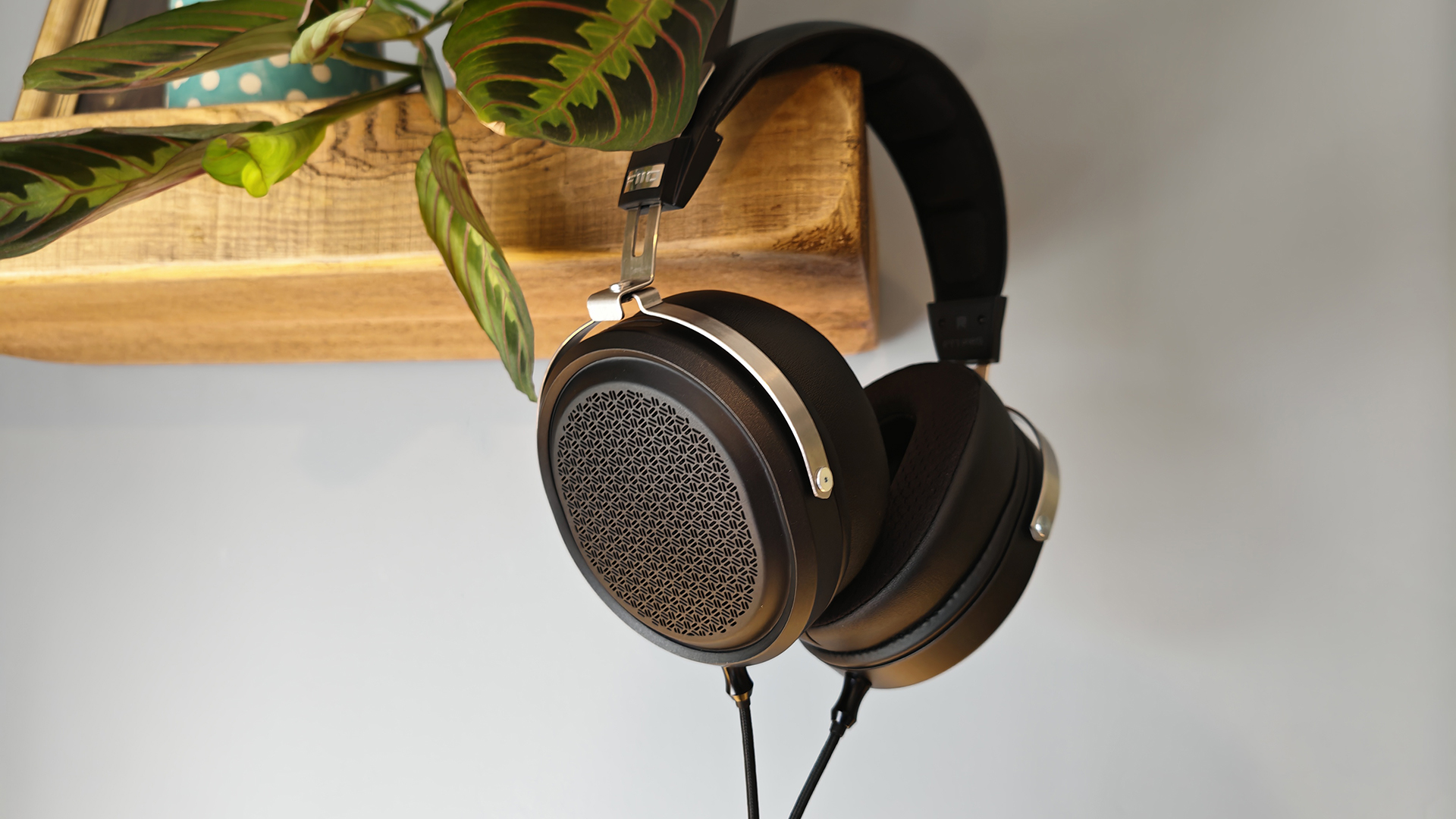Our Verdict
This is an essential book for any artist, whether you are a creature designer by trade or more of a realistic painter . The guides are helpful for any illustrator and the diagrams will fuel your imagination.
For
- Inspirational illustrations
- Stunning pull-out pages
- Learn the fundamentals of all animal structures
- Clear and easy to follow anatomy
- Explanations and information from an expert
Against
- Could have included more interactive exercises for budding creature designers
Why you can trust Creative Bloq
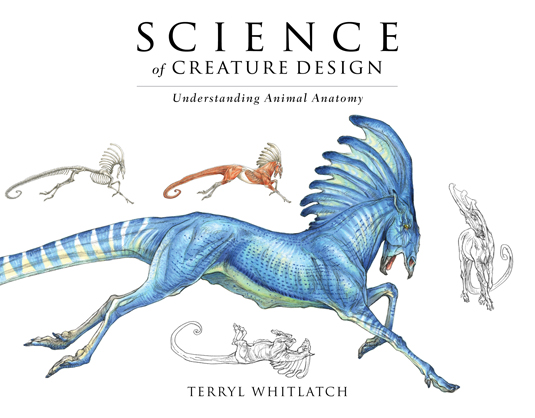
Any professional illustrator or concept artist will tell you, understanding the structure behind your creations is essential, which often includes needing a good knowledge of human and animal anatomy. Whether you want to know how to draw a bear or how to draw a face, first getting your head around a creature's basic make-up is vital.
Terryl Whitlatch's Science of Creature Design: Understanding Animal Anatomy is the first volume of two extraordinary books, delving into creature design through the eyes of a true master.
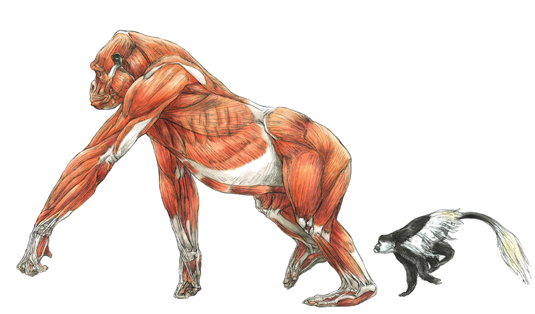
Blending science with art has helped Whitlatch build her extremely successful career as a creature designer. Having helped bring George Lucas' Star Wars universe to life, you couldn't ask for a better mentor and she isn't afraid to let you in on her secrets and skill. You too can inform your art and create more realistic, believable beasts and monsters.
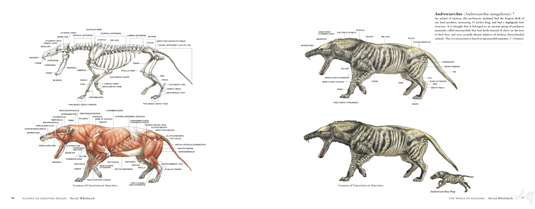
Beginning with real-life animals, Whitlatch reveals a strong foundation in science with her diagrams. The illustrator studied vertebrate zoology and animal anatomy – and transfers this knowledge to readers, with labelled illustrations showing complex skeletons that make the basis of hundreds of different animals, and unique creatures.
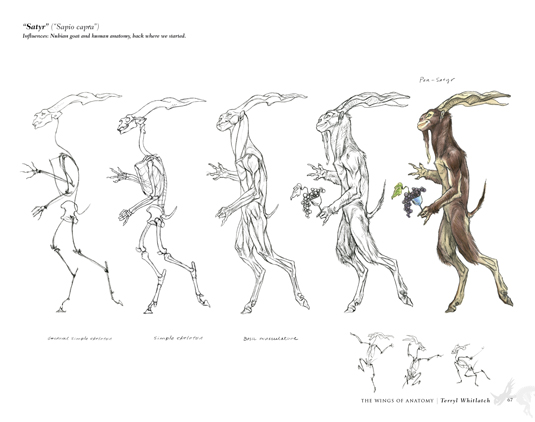
Whitlatch uses ancient mythological beasts to illustrate how you can use various animal anatomy from both extinct and extant creatures and combine skeletal structures to produce believable and unique fictional species.
Whitlatch's expertise is evident from page to awe-inspiring page, with every illustration beginning with a basic skeletol diagram, followed by muscular make-up and detailing, and finally the finished creature.
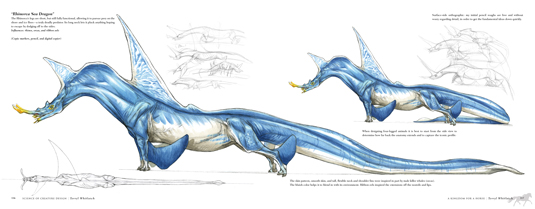
The real mastery, however, is shown in her ability to make each stage so effortlessly simple – yet build it up into something so seemingly complex and filled with imagination.
Daily design news, reviews, how-tos and more, as picked by the editors.
Setting aside an entire chapter on horses, Whitlatch is is adement that there is no other animal more important for artists to draw well.
Illustrators will be fascinated to learn the basics of horse anatomy and what that can open up in creature design. "It's the literal pegasus that gets you to where you want to go," she comments.
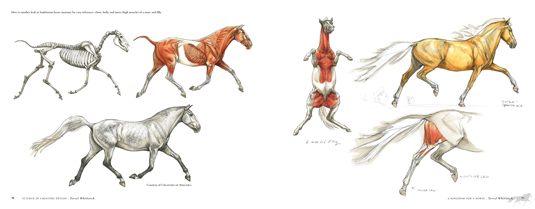
Closing the book are the mythological dinosaurs, with everything from feathers to wings, scales, fins, beaks, hooves and claws, they are the ultimate when it comes to creatures and the designs will leave you in awe.
This book is stunning, packed not only with essential information but filled with beautiful art, that you can pull out and admire while honing your illustration skills at the same time.
out of 10
This is an essential book for any artist, whether you are a creature designer by trade or more of a realistic painter . The guides are helpful for any illustrator and the diagrams will fuel your imagination.

Alice Pattillo is a freelance journalist with a passion for heavy metal, horror, science fiction, fantasy and comics. She has over seven years experience in magazines, formerly working as a staff writer at Creative Bloq, Imagine FX, Computer Arts and 3D World, as production editor for Guitar World and Guitar Player and online editor of Metal Hammer.
